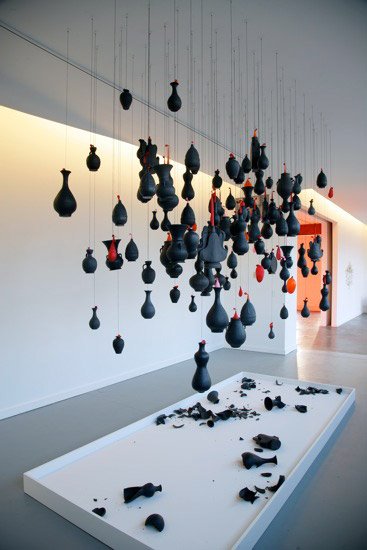
Jean Cocteau
جان كوكتو
让·科克托
ז’אן קוקטו
ジャン·コクトー
장 콕토
ЖАН КОКТО
Orphée
“The three basic themes of Orphée are:1-The successive deaths through which a poet must pass before he becomes, in that admirable line from Mallarmé, tel qu’en lui-même enfin l’éternité le change—changed into himself at last by eternity.2-The theme of immortality: the person who represents Orphée’s Death sacrifices herself and abolishes herself to make the poet immortal.3-Mirrors: we watch ourselves grow old in mirrors. They bring us closer to death.



